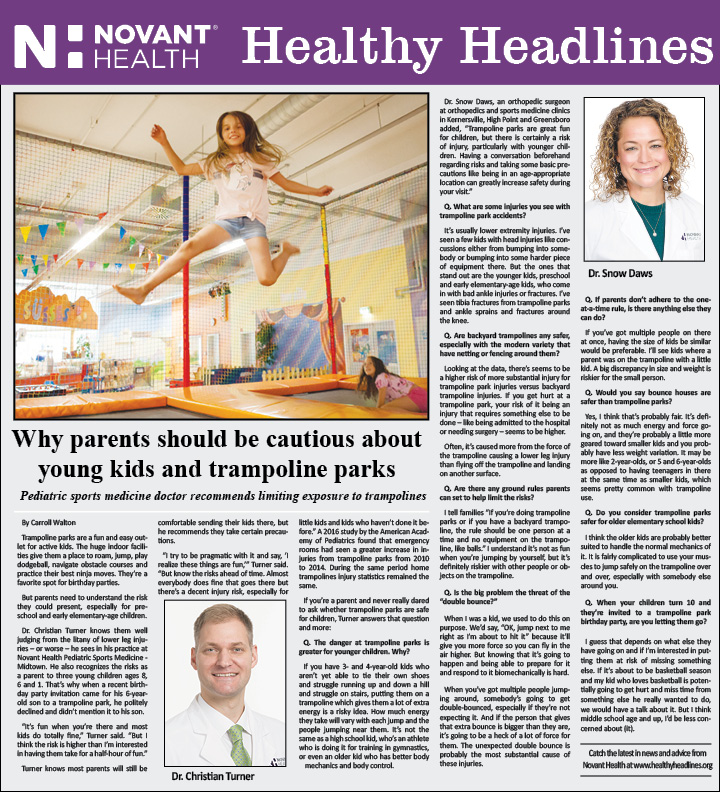 Kelsey Dickerson, a 2013 graduate of East Forsyth High School and a junior at the University of North Carolina at Charlotte (UNC), spent three months in Spain through the UNC Study Abroad Program this past summer.
Kelsey Dickerson, a 2013 graduate of East Forsyth High School and a junior at the University of North Carolina at Charlotte (UNC), spent three months in Spain through the UNC Study Abroad Program this past summer.
Dickerson said she decided to go on the study abroad because she loves traveling and wanted to experience a new culture. She noted that she has taken Spanish since she was in high school and added that students who went on the trip were required to have four levels of college Spanish.
“I chose Spain because I am minoring in Spanish and this unique program allowed me to complete my minor, while living in a Spanish-speaking country,” she said. “I stayed with a host family. My host mom was a child psychologist, and she had a 19-year old daughter, who was also in college.”
Dickerson said her host family was extremely friendly, but did not know English, which was helpful to her learning the language.
“I was forced to improve my comprehension and speaking skills,” she remarked.
Like everyone living in the city, Dickerson said the family lived in an apartment.
“We ate lunch together every day while watching the news. In Seville, there are many barrios (neighborhoods/areas) and I lived in Nervión, which is where the huge department store El Corte Inglés and the mall are located,” she explained. “The main thing I liked about Seville was that it is a big city (fourth largest in Spain), but it still has a small town feel compared to Madrid and Barcelona.”
Having traveled over 3,000 miles from N.C. to a foreign country, Dickerson naturally felt some cultural shock.
“The hardest thing to adapt to was the meal times. We would make our own breakfast (toast and coffee) before class. We would not eat lunch until 3 p.m., and dinner was around 10 p.m.,” she shared. “It was very unusual for anyone to eat dinner before 9 p.m.”
Even though she has many years of studying the Spanish language and culture under her belt, Dickerson still had a lot to learn, which she experienced while living in Spain.
“I learned a lot of the language that I was unfamiliar with, like common Spanish expressions and words/phrases that are different between Spain and Latin America. We also toured local businesses to learn about the business world in Spain,” she said, noting that she attended EUSA, which she said is part of the University of Seville. “It was very different because there was not a huge library and it was all in one building. There were also no dorms because it is customary for Spaniards to live at home during college.”
Dickerson also noted differences with restaurants in Spain compared to the U.S.
“In restaurants you do not tip, so the waiters are not there to wait on you hand and foot as in the U.S.,” she said. “I would occasionally struggle to communicate with people, not knowing the specific vocabulary, but I was always able to get the answers I needed with the words I did know.”
Although she was in Spain to study, Dickerson took advantage of her free time to travel throughout the country and throughout Europe, spending most of her time with her roommate and other students in the program.
“In Spain, I visited Granada, Cordoba, Valencia, Pamplona, Madrid and Barcelona. In Pamplona, we watched the running of the bulls from a balcony, which was a once-in-a-lifetime experience,” she shared. “In Europe, I traveled to Lagos (Portugal), Amsterdam, Prague, Paris and London. Most of the time we traveled by plane, but we went to Lagos by bus and Madrid and Pamplona by train.”
Dickerson said there is a stereotype for Americans, but she didn’t fit that stereotype.
“Americans carry the stereotype of being loud and obnoxious, but as long as you didn’t live up to the stereotype, the locals were pretty welcoming,” she said.
She shared some of the similarities and differences between Spain and the U.S. that she saw while studying abroad in Spain.
“They have different accents just like in the U.S. In southern Spain, they tend to cut off words, which is similar to the South here,” she said.
One of the main differences that she shared was what she called, “Spanish Time.”
“Everyone is late to everything,” she said, as she again talked about the difference in the times people eat and mentioned siestas. “Most stores and restaurants close between 3-5 p.m. for siesta because it is so hot in southern Spain.”
Even though it is so hot, Dickerson said in Spain, they conserve energy and rarely use air conditioning.
“Our host mom would only turn the air on if it was around 100 degrees outside,” she said. “The summer weather in Seville is hot and dry. It only rained once and there was no humidity, so it was very hot, around 90 most of May and around 100 degrees most of June and July. It had been in the 100s for weeks and there was finally a day when the high was 90 degrees and we were all so excited saying, ‘Maybe I’ll wear jeans or a sweater.’”
Dickerson said her trip was amazing.
“I enjoyed traveling the most because it was amazing to see all of the history and visit places I have dreamed of visiting my whole life,” she said. “I also really enjoyed talking with my host mom and her daughter because they would explain things to me that I didn’t understand while we watched the news, and they would always want to know how to say certain things in English.”
Dickerson, who is majoring in Business Administration and minoring in Spanish for the business profession, said she feels her study abroad experience will be helpful to her in the future.
“This experience taught me how to adapt to new situations and deal with change. It further taught me to be accepting of and embrace cultural differences,” she said. “This will help me in the future as I choose a career path and face obstacles that may put me out of my comfort zone.”
A Stint in Spain
Previous post: Fink
Next post: Community Mourns









